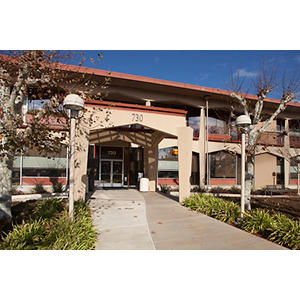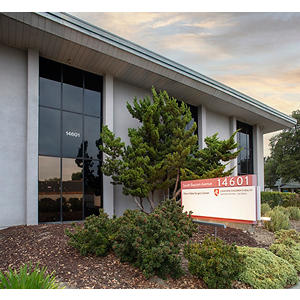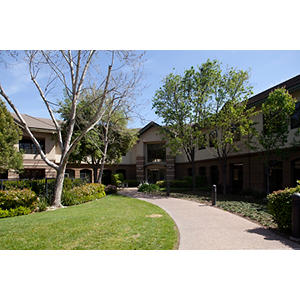Joyce Teng, MD
Director of Pediatric Dermatology | Professor
Dermatology
“I want patients and their families to see me as a doctor they can relate to.”
My Approach
I like to solve puzzles. Dermatology is a fascinating specialty that often requires putting together subtle clues to make an accurate diagnosis. These skills are especially important for pediatric dermatologists, as we cannot always rely on getting all the information from our patients. This is fun for me.
I see patients from a wide age group, mostly birth to about 21 years of age, so it's important to use a patient-specific approach to deliver personalized, age-appropriate care. When I see toddlers or younger patients, I play with them and talk to them directly to make the visit fun. The children often warm up quickly as they see me as a doctor friend. My teenage patients, on the other hand, often want to be treated like adults, so I try to involve them in the decision-making process and encourage them to take responsibility of their daily skin care.
I come from a long line of doctors and always knew I wanted to go into medicine. Being able to help even just one patient, and make a difference for the family, makes my day.
Locations



Work and Education
Medical College Of Wisconsin, Milwaukee, WI, 1993
Vanderbilt University School of Medicine, Nashville, TN, 2001
Vanderbilt University Medical Center, Nashville, TN, 2005
University of Colorado Health Science Center, Aurora, CO, 2006
Vanderbilt University Medical Center, Nashville, TN, 2002
Dermatology, American Board of Dermatology, 2005
Pediatric Dermatology, American Board of Dermatology, 2006
Languages
Chinese
English


Connect with us:
Download our App: